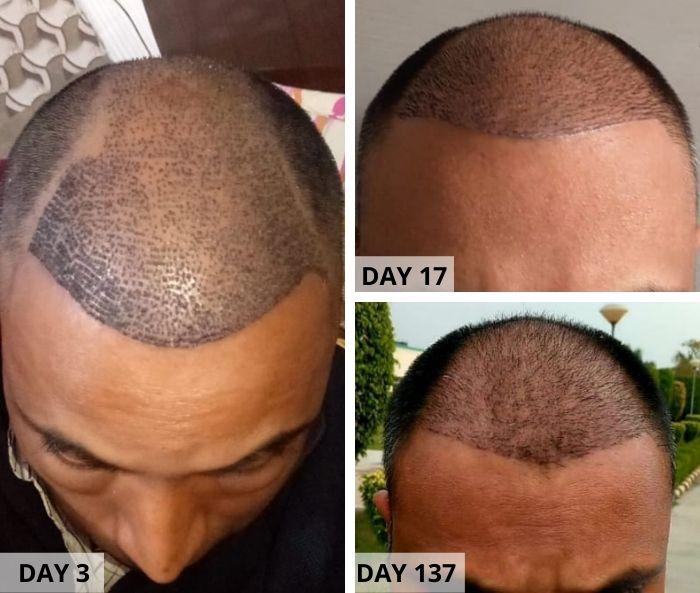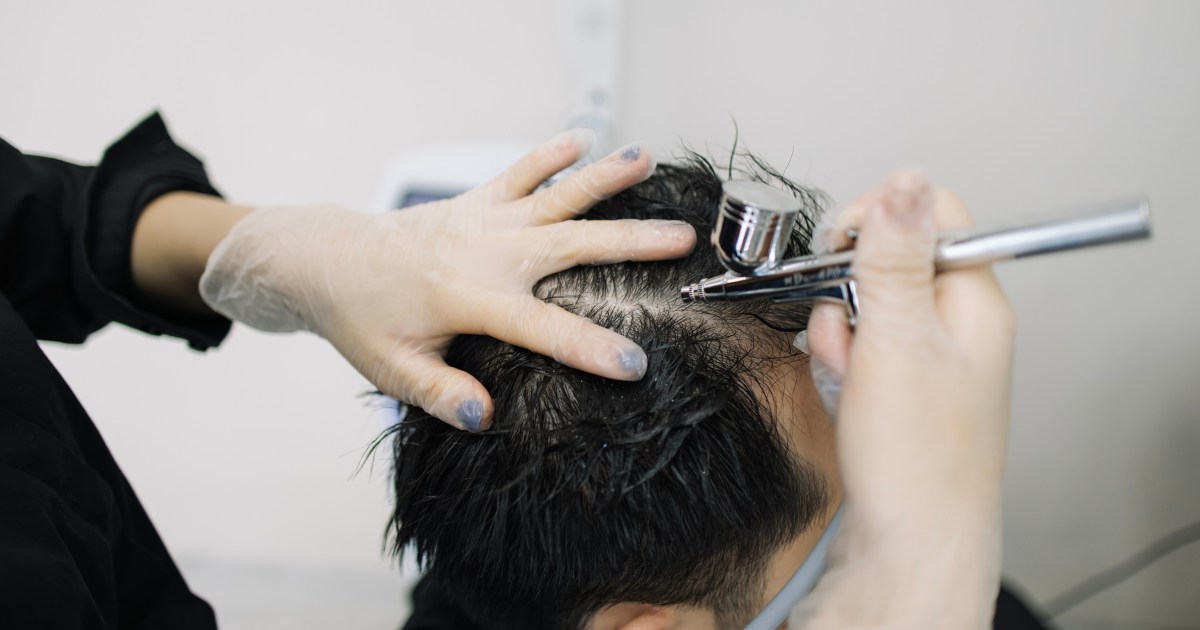[vc_row][vc_column][vc_single_image image="2327" img_size="full" alignment="center"][vc_empty_space alter_height="medium" hide_on_mobile=""][vc_column_text]JEEVAN JYOTI HOSPITAL is a name to reckon with in health services provided in western UP since 2001. The hospital teamed with one of the best medical experts is at the forefront of medical technology and expertise. and provides Hair Transplant Case | Fue Treatment and many more treatments.[/vc_column_text][vc_empty_space alter_height="medium" …
[vc_row][vc_column][vc_single_image image=”2327″ img_size=”full” alignment=”center”][vc_empty_space alter_height=”medium” hide_on_mobile=””][vc_column_text]JEEVAN JYOTI HOSPITAL is a name to reckon with in health services provided in western UP since 2001. The hospital teamed with one of the best medical experts is at the forefront of medical technology and expertise. and provides Hair Transplant Case | Fue Treatment and many more treatments.[/vc_column_text][vc_empty_space alter_height=”medium” hide_on_mobile=””][trx_sc_button type=”default” align=”center” icon_position=”left” hide_on_tablet=”” hide_on_mobile=”” link=”/appointment/” title=”Book Your Appointment”][/vc_column][/vc_row][vc_row][vc_column][vc_custom_heading text=”HAIR TRANSPLANT CASE” font_container=”tag:h4|text_align:left” use_theme_fonts=”yes”][vc_column_text]Hair transplantation involves removing tiny punch grafts from the hair-bearing scalp or a larger piece of this scalp from a donor area and cutting this into smaller pieces to use as grafts. These grafts are then relocating to a bald or thinning area of the scalp. The grafts created in this manner differ in size and shape. Round-shaped punch grafts usually contain about 10-15 hairs. The much smaller mini-graft contains about two to four hairs, and the micro-graft contains one to two hairs. Slit grafts, which are inserted into slits created in the scalp, contain about four to 10 hairs each; strip grafts are long and thin and contain 30-40 hairs.
Hair Coverage Status:
Generally, several surgical sessions may be needed to achieve satisfactory fullness, and a healing interval of several months is usually recommended between each session. It may take up to two years before you see the final result with a full transplant series. The amount of coverage you’ll need is partly dependent upon the color and texture of your hair. Coarse, gray, or light-colored hair affords better coverage than fine, dark-colored hair. The number of large plugs transplanted in the first session varies with each individual, but the average is about 50. For mini-grafts or micro-grafts, the number can be up to 700 per session.
Just before surgery, the “donor area” will be trimmed short so that the grafts can be easily accessed and removed. For punch grafts, your doctor may use a special tube-like instrument made of sharp carbon steel that punches the round graft out of the donor site so it can be replaced in the area to be covered—generally the frontal hairline. For other types of grafts, your doctor will use a scalpel to remove small sections of hair-bearing scalp, which will be divided into tiny sections and transplanted into tiny holes or slits within the scalp. When grafts are taken, your doctor may periodically inject small amounts of saline solution into the scalp to maintain proper skin strength. The donor site holes may be closed with stitches—for punch grafts, and a single stitch may close each punch site; for other types of grafts, a small, straight-line scar will result. The stitches are usually concealed with the surrounding hair.
To maintain healthy circulation in the scalp, the grafts are placed about one-eighth of an inch apart. In later sessions, the spaces between the plugs will be filled in with additional grafts. Your doctor will take great care in removing and placement of grafts to ensure that the transplanted hair will grow in a natural direction and that hair growth at the donor site is not adversely affected.
After the grafting session is complete, the scalp will be cleaned and covered with gauze. You may have to wear a pressure bandage for a day or two. Some doctors allow their patients to recover bandage-free.[/vc_column_text][vc_single_image image=”1908″ img_size=”full”][/vc_column][/vc_row][vc_row][vc_column][vc_custom_heading text=”FUE TREATMENT” font_container=”tag:h4|text_align:left” use_theme_fonts=”yes”][vc_column_text]Follicular unit extraction (FUE) hair transplants are done by taking individual hair follicles out of your skin and implanting them elsewhere on your body. This will make the hair in the new area look thicker.
FUE was meant to replace the “classic” follicular unit transplantation (FUT) technique. This procedure was done by taking an entire piece of skin or scalp along with the follicles and transplanting the skin to the target area.
FUE has become more popular than FUT because it’s less likely to lead to a “hair plug” look, where sections of skin or hair don’t match the surrounding areas. It also won’t leave a large scar-like FUT does.
The best candidate for an FUE hair transplant is someone with thinning hair or balding who still has enough hair nearby to use for a transplant.
You may not be eligible for an FUE hair transplant if you don’t have enough healthy or thick hair to transplant to the thinning or balding area.[/vc_column_text][vc_column_text]Contact Us to know more about these treatments.
And Reach Out to our doctors on Justdial[/vc_column_text][/vc_column][/vc_row]






